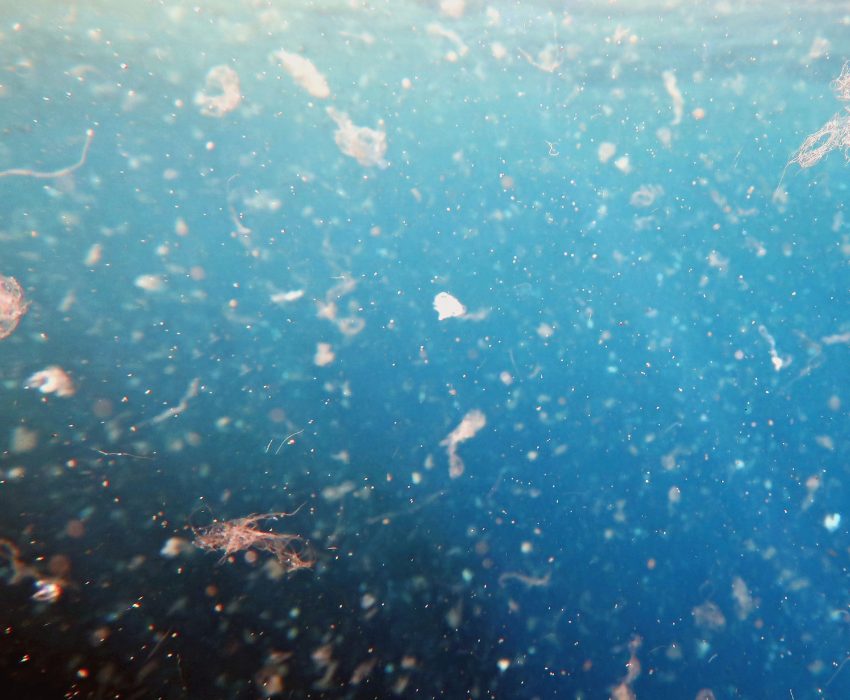Impacts of plastic waste
Large items such as plastic bags, plastic bottles, fishing nets or Styrofoam products; Some of these like PET bottles can be recyclable, others such as some plastic bags may breakdown in landfills under controlled optimum conditions and all, once in the marine environment progressively break down into smaller sized pieces often with chemicals leached out into the water column.
Learn More
Small plastic particles of different origins, sizes and chemical composition; Micro plastic particles have a diameter between 1–5 millimeters. Primary micro plastic is produced industrially in the form of plastic-based granulates or pellets, which can be found as micro beads in cosmetics. Secondary micro plastic occurs through hydrolysis, photo degradation or mechanical/ physical degradation of macro plastic. Secondary micro plastic or degraded macro plastics are at this time the main pollutants in the marine environment.
Learn More
Very small plastic particles (10–100 nm); Despite their small size they have an enormous surface area, bearing the potential to bind a bigger amount of toxic compounds than micro plastic. As an example, nano medicine has developed nano sized drug delivery systems that, due to their small size, have the potential to spontaneously overcome natural biological barriers such as cell membranes by endocytosis. Nano plastics are likely to be the most pervasive in the marine environment and the most hazardous to marine biodiversity.
One common example of how nano plastics are generated is through the washing of synthetic clothes, with the grey water ending up in waterways. Marine litter threatens human health and the survival of many marine organisms as well as being aesthetically a problem on beaches, shorelines, lagoons and estuaries. Entanglement or ingestion by wildlife will often be fatal. Ingestion of micro-plastics by fish may also be a pathway for transport of harmful chemicals into the food web and eventually humans.
Learn More

The Pacific is the world’s largest ocean, covering nearly one third of the Earth’s surface. About 30,000 islands of varied shape and size lie across this vast expanse. For thousands of years, the people of the Pacific region have relied on rich natural resources for their survival. The marine environment sustains them, and they depend on it for food, transport, traditional practices and economic opportunity.
Waste and pollution generated from our increasingly consumer-based way of life puts at risk the health of our oceans and the health of the Pacific peoples that depend upon this vital resource. Pacific Island Countries and Territories are striving to balance the needs and economic aspirations of their growing populations with the maintenance of healthy oceans.
The pervasive nature of plastics and other materials means that every beach in all these 30,000 islands is littered with the rubbish of humans. The impact of rubbish extends further, adversely affecting the health of the peoples of the Pacific, the ocean and estuaries, fisheries, coral reefs, shellfish, seabirds and marine biodiversity generally.
Learn More
